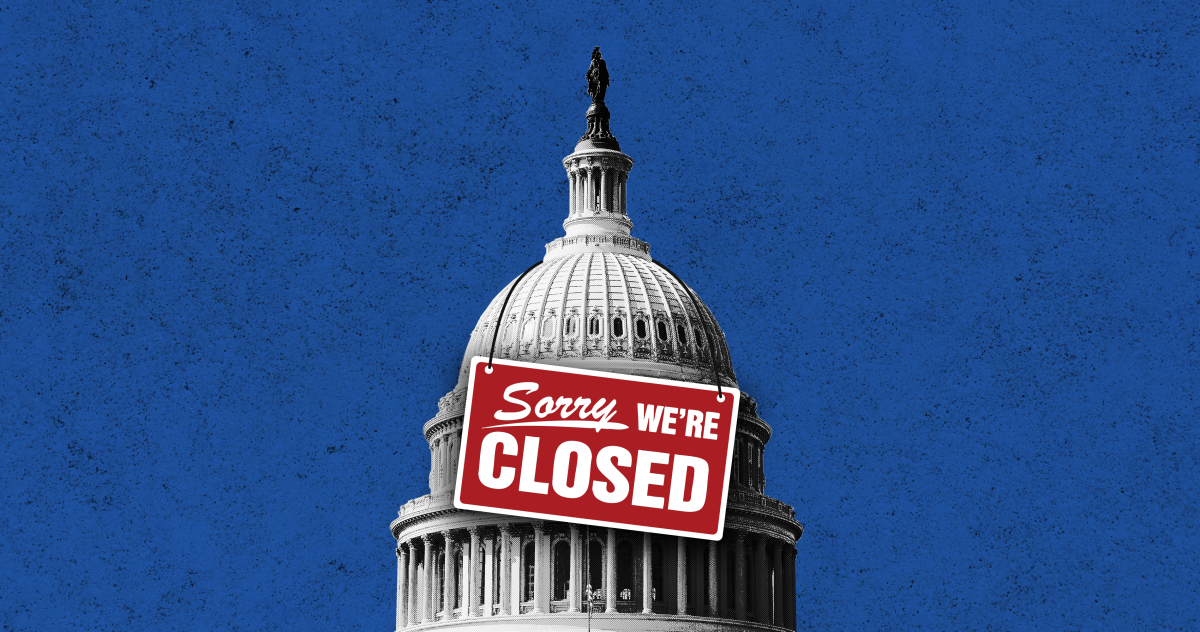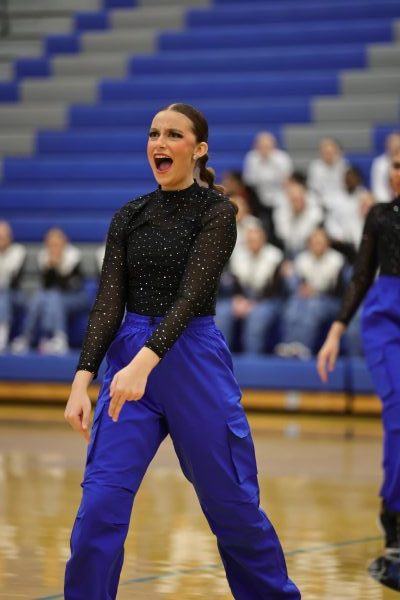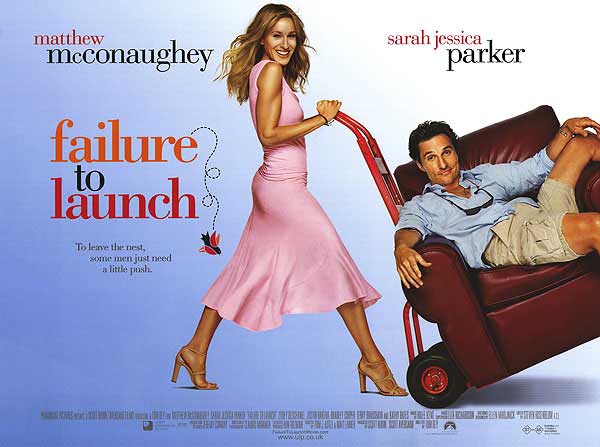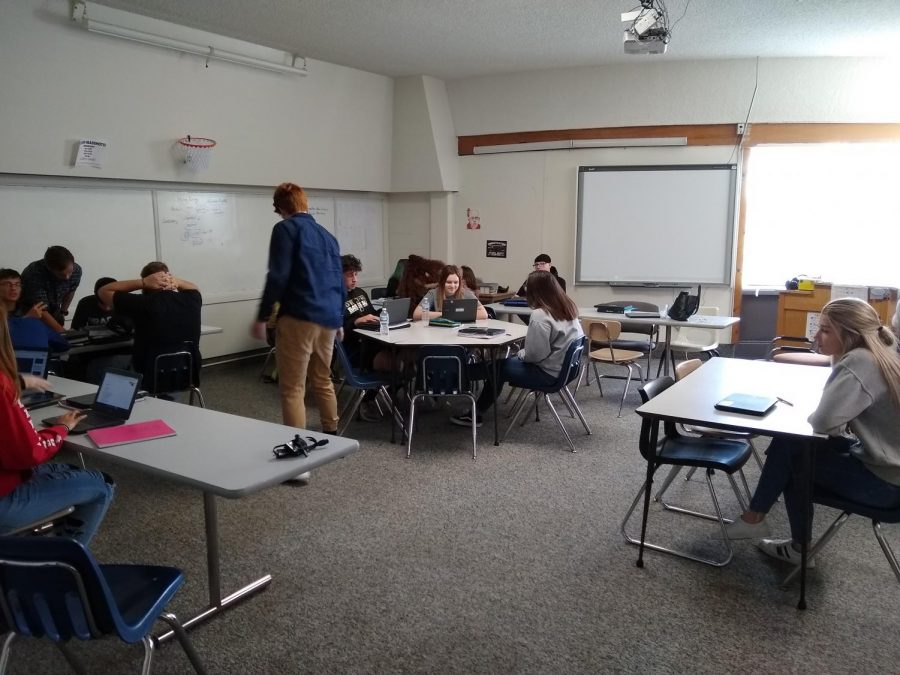Changing the fundamental style of the classroom is a must
When topics about changing a classroom’s overall environment come up, many are simply talking about the curriculum. There is a growing push to provide a curriculum that can better attend to students, and allow them to lead their own learning development in a way that is easier for them to understand. However, another issue schools and places of learning must attend to is the physical set-up of the classroom.
When a student walks into a classroom for the first time, the first thing they notice is how the classroom is laid out. Seating arrangement can either negatively or positively affect a student’s mindset, which in turn will affect how they perform in class. “I enjoy more open classrooms,” said senior Lydia Hensley. Indeed, the open classroom concept is becoming more popular as it lends itself to better discussion in the classroom.
Some teachers at DCHS have implemented ideas beyond the standard classroom style. Economics and U.S. History teacher Mr. Tonsoni has a room that has seating that promotes a collaboration aspect. “I think flexible seating is a new area in education, and I think it’s something schools need to look into.” Mr. Tonsoni’s room is set up with long tables, a couch, and a hexagonal table for students to sit at. “I like my setup because it allows for collaboration, discussion, and peer learning, which is vital for learning.”
Multiple students confirm that this sort of collaboration style allows them to learn better in the classroom setting. “Being able to collaborate, you are able to talk to the other students,” said senior Jayden McClain. “They’re able to understand you a bit better than your teachers can, and we can learn [from each other].” There seems to be a general consensus that learning isn’t just the basic thing in the box that we’ve been taught all our lives. Learning comes differently for everyone, that much is known in the academic world, but for students at DCHS, it may come better for them if they’re in collaboration.
Of course, in anything that is a net positive, there are ultimately drawbacks as well. With seats being changed to add for more collaboration, there comes the possibility that it’s easier for more students to get distracted. However, Mr. Tonsoni says he’d rather students get distracted in school than in the real world. “When people screw up in my class, I can tell them they’re screwing up. I would rather correct them in care, than have them be corrected in consequence.”
Overall, it seems that the benefits of collaborative learning, and having a classroom that caters to it, is the best possible option that schools should be headed toward these days. Mr. Tonsoni puts it best: “If I want learning—true, meaningful learning—I’m going to have to choose to be flexible in my teaching. There are going to be some distractions, but I’m okay with that.”

Jordan is a senior at Delphi, and this is his third year writing for Parnassus. He is involved in Interact, SADD, NHS, Band, and swims on the swim team....














